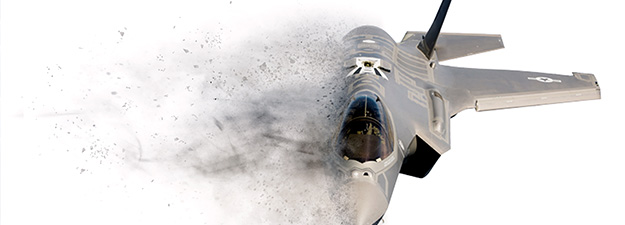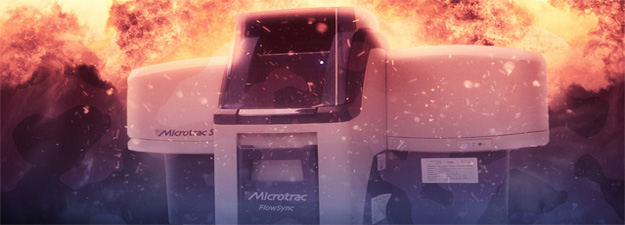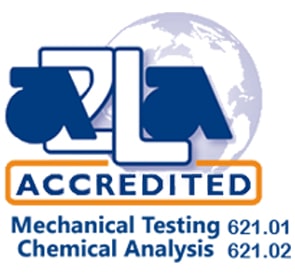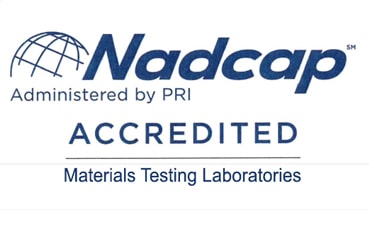Powder Characterization

Powder characterization includes flow rate measurements, particle size distribution by laser diffraction and sieve analysis, apparent density, tapped density and chemical composition”
Expedited Powder Powder Characterization Services Are Available- Contact Us Today!
- Customizable and Standardized Metallurgical Testing
- Analysis of Metal Powders from 45-850µm
- Discover Metal Powders Application, Limitations, and Identity
Powder characterization
Powder characterization includes flow rate measurements, particle size distribution by laser diffraction and sieve analysis, apparent density, tapped density and chemical composition. Powder characterization identifies properties to help promote a successful powder-process combination in both raw and final products.
Whatever your metal powder analysis needs, the WMT&R Analytical Chemistry team has a solution. Backed by robust methods, quality systems and industry accreditations, we look forward to supporting your goals with quality and speed.
ASTM B214 Powder Sieve Analysis
Powder sieve analysis separates a powdered metal sample based on particle size. ASTM B214 provides dry sieve analysis of metal powders, from 45-850µm. ASTM B214 is a method of performing particle size distribution that implements a standard procedure to ensure accurate and replicable results. Particle size distribution - also called gradation - is commonly determined for the powered metals and additive manufacturing industries. The gradation of a powder used in manufacturing will affect the mechanical properties of the final product. The gradation is also an easy way to gauge the quality and consistency of powder.
The test is conducted using a mechanized sieve shaker and mesh sieves with known opening sizes. After testing is complete, the mass of powder left in each sieve is weighed. The results are presented as a mass percent due to the fact that the samples taken for particle size distribution are representative.

ASTM B212 and ASTM B417 Apparent Density of Powders
-
These test methods are for Determining the consistency from lot to lot of powder samples. Low apparent densities indicate the particles are super fine as if the apparent density was high, large particles are said to be present in the powder. ASTM B417. The Carney Funnel is designed for those non-free flowing powders that do not flow freely through the Hall Flowmeter Funnel. The volume of a powder is flowed into a container with known volume under controlled conditions. The mass of the powder per unit volume is analyzed and reported as either (ADH) or (ADC).
ASTM B213 and ASTM B964 Flow Rate of Powders
These test methods are for determining the flow rate of free-flowing metal powders and non-free flowing metal powders that will flow unaided through either the Hall Flowmeter Funnel per ASTM B213 or the Carney Funnel per ASTM B964. The Carney Funnel is designed for those non-free flowing powders that do not flow freely through the Hall Flowmeter Funnel. A weighed mass of metal powder is timed as it flows through the orifice of either the Hall Flowmeter funnel or the Carney funnel. The ability of a powder to flow is a major function of the interparticle friction of the powder which influence production rates and uniformity of compacted parts made from these powders. The flow rate of the powder is analyzed and reported as either (FRH) or (FRC).

ASTM B527 Tapped Density of Powders
This test method is for determining tap density of metal powders and other compounds by tapping/packing the powder and allowing the contents to settle in a container under specified conditions. The tapping apparatus has a mechanism for the tapping of a graduated cylinder against a firm base which compacts the powder until the powder cannot be compacted anymore or meets equilibrium in the graduated cylinder. The results are reported as (TD) where the units are reported in g/cm3.
ASTM B822 Particle Size Distribution by Light Scattering
This test method is for determining the particle size distribution by light scattering for both aqueous and nonaqueous dispersions. The measurement range of 0.4 to 2000µm is applicable per each analysis of powder material. The prepared powder sample is dispersed in water or other organic liquid while being circulated through a light beam/light source which then scatters the detected light. The signals picked up by the photodetector arrays are converted to a size distribution. The calculated particle sizes are seen as equivalent spherical diameters. A report is generated which will contain the D10, D50, and D90 results as well as many other important results that will suit your needs.
For a Complete List of powder characterization Services, Please Request A Quote or Call 724-537-3131.



